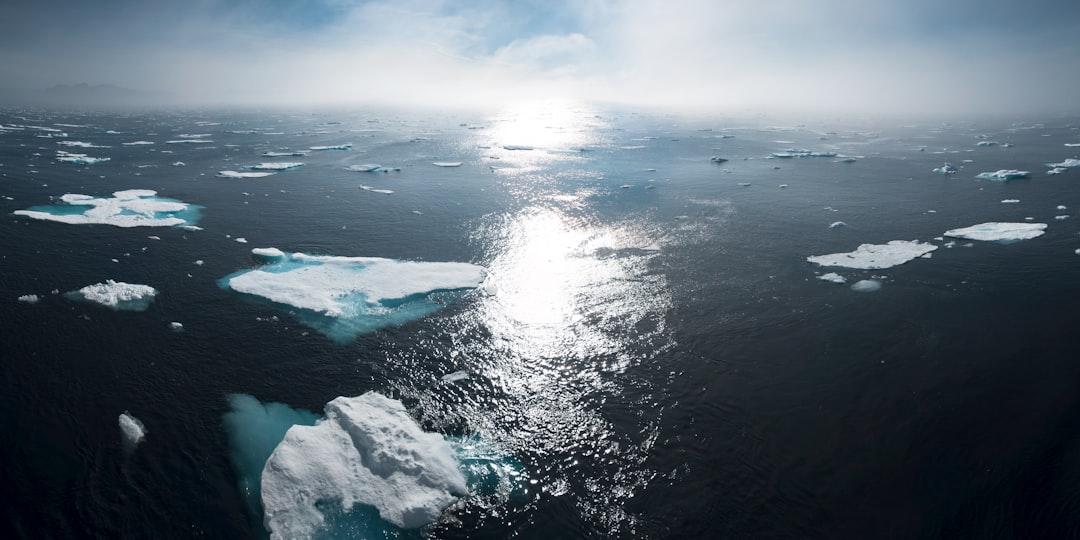What is it about?
How to utilize visible, infrared and passive microwave imager and sounder digital data to monitor the location, structure and intensity of tropical cyclones globally in near real-time to support field programs. The paper uses an ONR sponsored western Pacific project to illustrate a suite of satellite products that enable the user to directly support aircraft flight patterns and buoy deployments to meet specific mission requirements.
Featured Image

Photo by NASA on Unsplash
Why is it important?
Accurate knowledge of tropical cyclone location, structure and intensity are often very difficult when positioned in data void tropical regions and mid and/or high level clouds obscure frequently available visible and IR imagery, thus microwave data sets can fill the void and provide critical information.
Perspectives
The paper provides a quasi review of how visible, IR, and microwave data sets can be used to assist the user in supporting field programs. In doing so, the user gets a quick overview of satellite meteorology as it relates to tropical cyclone monitoring
Jeff Hawkins
Northrop Grumman Aerospace Systems, Consultant
Read the Original
This page is a summary of: Supporting Meteorological Field Experiment Missions and Postmission Analysis with Satellite Digital Data and Products, Bulletin of the American Meteorological Society, August 2011, American Meteorological Society,
DOI: 10.1175/2011bams3138.1.
You can read the full text:
Contributors
The following have contributed to this page










